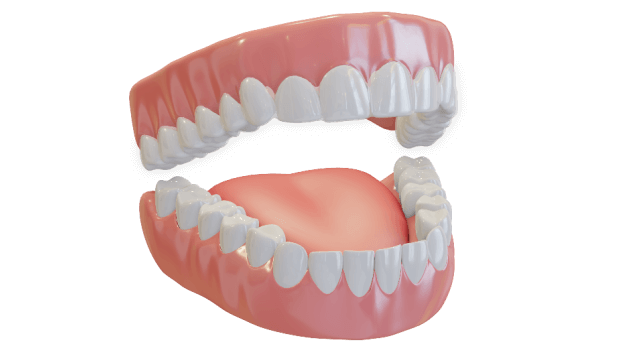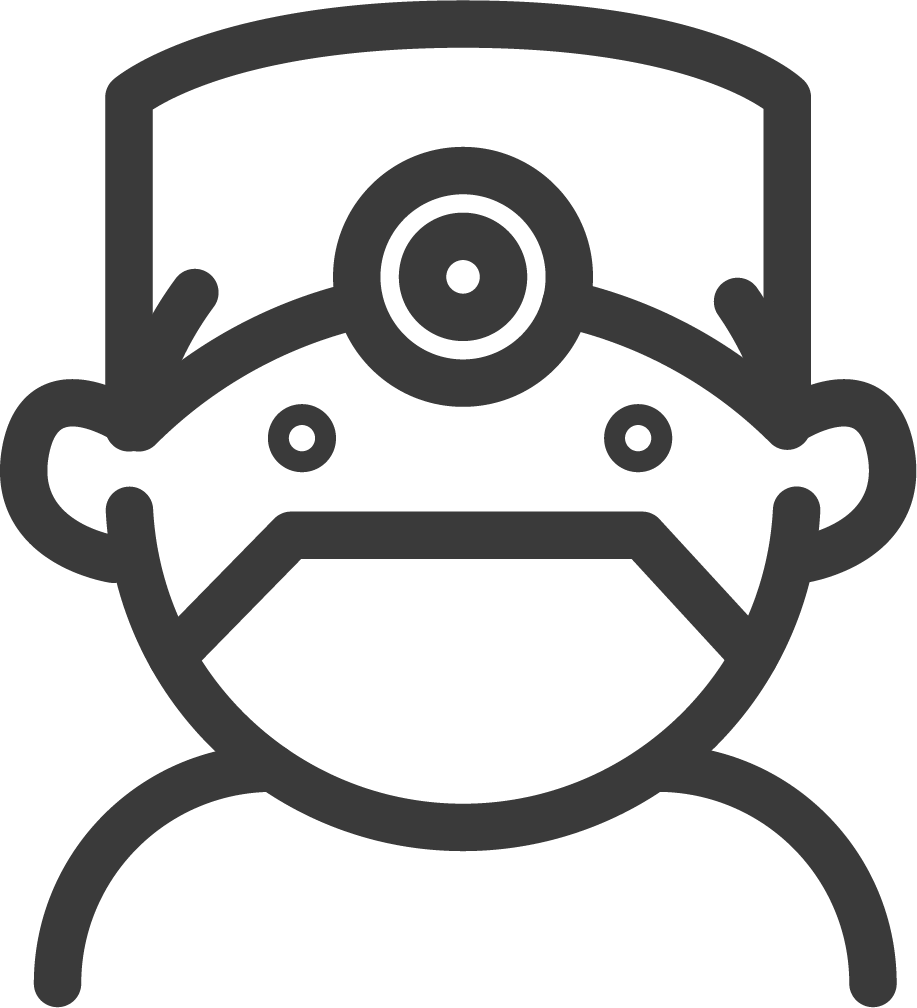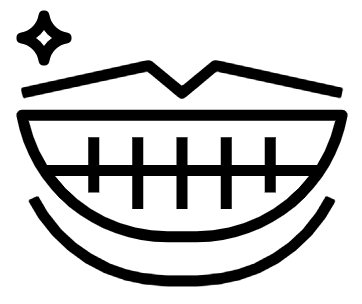Invisalign In Dallas
What Is Invisalign?
Do you have crooked teeth, gaps between your teeth, or an overly crowded mouth? Invisalign® treatment could be the perfect solution for you! With the invention of Invisalign®, patients can now enjoy more comfortable, discreet treatments that are just as effective as traditional wires and brackets of braces (but without the hassle). If you want to improve your overall smile and regain confidence, Dr. Leisa Robotham of Lakewood Dental Studio can help you decide if you qualify for Invisalign® treatment.


Did You Know…
In 1997, two Stanford University students created the world's first clear aligner system, Invisalign®.
READY FOR YOUR APPOINTMENT?
What To Expect When Receiving Invisalign Treatment
-
Consultation
ButtonDr. Robotham knows that your smile is unique, so we can evaluate your alignment situation before getting you started with Invisalign®. Although this cutting-edge technology has perfected millions of smiles, it's not for everyone! If you need more extensive treatment, Dr. Robotham will refer you to an orthodontist who can help.
-
Personalized Treatment Plan
ButtonYour Invisalign® treatment plan is based on 3D scans of your teeth. These 3D scans will help Dr. Robotham map out the best treatment plan for you and enable Invisalign® systems to generate a sequence of custom-made aligner trays designed to move your teeth into the corrected position over time. With Invisalign®'s digital scanning technology, you can get one step closer to a perfect smile!
-
Aligner Pick-Up & Check-Ins
ButtonYou’ll return to the office once we receive your first few aligners. You’ll try them on, and we’ll make any necessary adjustments. Dr. Robotham will provide instructions on how to wear them for the best results.
-
Orthodontic Treatment
ButtonConsidering the clear aligner process, you'll need a good dose of discipline and patience for this journey. Generally, we suggest wearing clear aligners for at least 22 hours each day (only taking them out during meals or when you brush your teeth). The reward? A beautiful smile!
-
Post-Invisalign® Retainers
Congratulations! You worked hard to achieve your desired results with clear aligner therapy, so preserving them is vital. Wearing a retainer after Invisalign® is an excellent way of doing that. The duration will depend on the specifics of your case, but usually, patients wear their retainers for 3 to 12 months after treatment. Don't worry. Dr. Robotham will give you all the instructions necessary afterward!
What Can Invisalign Treat?
OVERBITE
An overbite is present when the upper teeth excessively overlap the lower front teeth. Overbites are common and often don’t present an issue, but when the gap is too large, they can become a problem. The misalignment not only leads to premature wear and tear, but can also cause jaw pain. Invisalign® can shift your teeth into a healthier position without the need for braces.
UNDERBITE
Underbites occur when your lower front teeth sit in front of your upper arch of teeth. Often, underbites happen when the lower jaw is too far forward. An underbite can make it difficult to chew or speak properly and cause premature teeth to wear. In some cases, underbites can be alleviated with Invisalign® alone, but more severe cases may require oral surgery before beginning orthodontic treatment.
CROSSBITE
In an ideal bite, the upper front teeth sit slightly in front of the lower front teeth. A crossbite is present when some upper teeth sit behind the lower teeth. A crossbite can cause wear and tear, like chips or cracks. The pressure of your bite can sometimes lead to gum recession, resulting in sensitive teeth and even bone loss. Invisalign® can fix certain cases of crossbites, so come in for a consultation to find out which orthodontic option is best for you.
GAPPED TEETH
While common, gaps between your teeth can create significant risks to the health of your smile. Gaps are challenging to clean, making them accessible places for food to get stuck in, and they can harbor bacteria that lead to gum disease. Close those gaps with Invisalign® for a seamless, healthy smile.
OPEN BITE
For those with healthy alignment, the upper and lower front teeth touch when the mouth is closed. If this is not the case, it’s called an open bite. Open bites can make chewing or biting certain foods extremely difficult. Invisalign® can gradually reposition the bite until all teeth are aligned and straight.
CROWDED TEETH
When your teeth overlap due to a lack of room in your mouth, it is called crowding. Crowding can make brushing and flossing difficult, allowing plaque, tartar, and harmful bacteria to build up. Over time, this buildup may lead to tooth decay, cavities, and even gum disease. Fortunately, Invisalign® can remedy most cases of crowded teeth.

Did You Know…
Invisalign® has straightened 14 million smiles (and counting).
DO YOU NEED AN EXAM?
Have Questions About Invisalign? Find Answers Here.
-
How Are Invisalign Clear Aligners Made?
Invisalign aligners are crafted with layers of photo-sensitive liquid resin, designed from impressions of your teeth. Once exposed to a special light, the resin cures into a hard and flexible thermoplastic called SmartTrack®, which was created exclusively for Invisalign treatment. It's got the approval of the FDA too!
-
How Do I Take Care Of My Aligners?
One of the biggest benefits of Invisalign is the ease of use and maintenance. Keep your aligners clean by brushing them with a toothbrush whenever you brush your teeth. If you’re out and about, you can simply rinse the aligners in lukewarm water. The most important thing to remember is to never use hot water or abrasive cleaners, as they can warp the plastic, rendering them ineffective, or even detrimental to your treatment. If you’re interested in a more thorough cleaning regiment, you can also purchase an Invisalign Cleaning System.
-
Can You See The Invisalign Aligners When You’re Wearing Them?
Invisalign aligners are virtually invisible while they are being worn. Most people won’t notice them at all! Not only is the plastic clear, but there are no bulky metal brackets or wires to draw attention to your teeth. Plus, your aligners are custom-made to fit snuggly and are trimmed down so they don’t show over your gum line.
-
How Much Does Invisalign Cost?
In most cases, the cost of Invisalign treatment is comparable to that of traditional braces, but pricing will vary depending on your unique oral health needs. For a more accurate estimate, schedule a consultation with your doctor today! Many insurance plans also cover some orthodontic treatments, so be sure to call your provider to get the details of your benefits.
-
Are Clear Aligners Better Than Braces?
Both orthodontic treatments effectively straighten teeth. Braces can be a great option if you have highly misaligned teeth, are younger, or lack the discipline required for clear aligner treatment. On the other hand, Invisalign® may be just the thing for older teens and adults who want an almost undetectable method of alignment that's more comfortable than traditional braces.
-
Is It Ok To Eat Or Drink With Invisalign®?
As a rule of thumb, remove your clear aligners before consuming anything other than tap or bottled water.

Did You Know…
Most Invisalign patients achieve their desired results in just 1 year.
READY FOR YOUR NEXT DENTAL APPOINTMENT?
WE ARE SO GLAD YOU ARE HERE
Let’s Stay In Touch!
Hours
- Monday
- Closed
- Tuesday
- -
- Wednesday
- -
- Thursday
- -
- Friday
- -
- Saturday
- Closed
- Sunday
- Closed
All Rights Reserved | Lakewood Dental Studio
Website built by Energize Group | Privacy Policy




